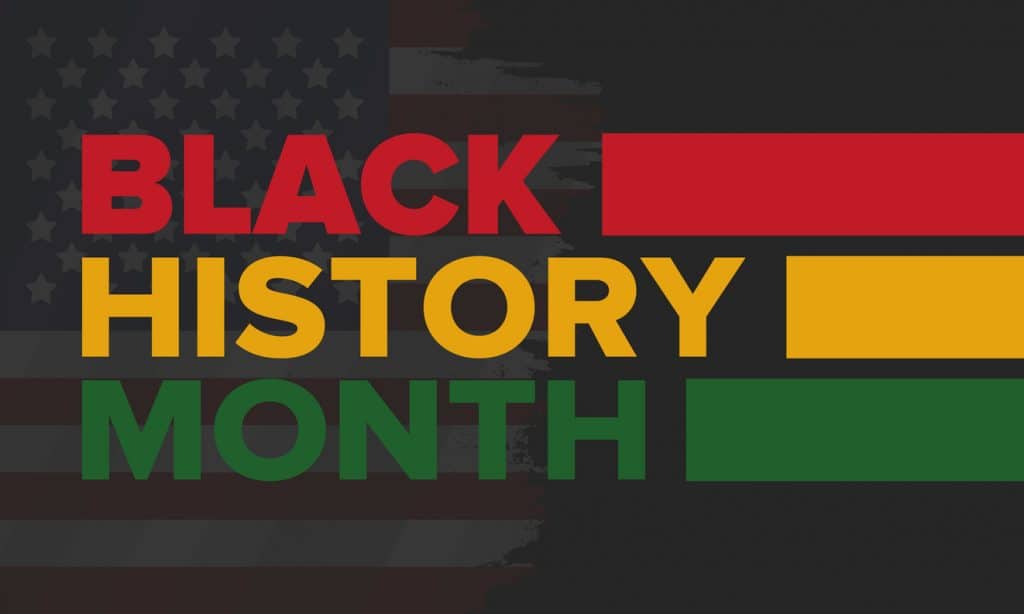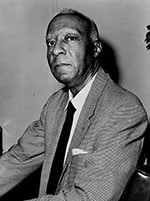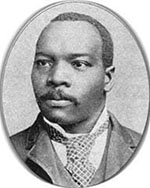
This February, SMART proudly joins with citizens across the United States and Canada to celebrate Black History Month. We honor the contributions of generations of Black scientists, activists, military members, public servants, writers, artists and more who have helped build our nations, shaped the labor and civil rights movements and worked tirelessly for justice and equality for all.
Blacks have also been groundbreaking labor organizers and developed numerous inventions that had major impacts across our economies, including in the North American rail industry. Here are just a few examples:
- Andrew Jackson Beard was born a slave in Alabama. He became a railroad employee and introduced two improvements to the automatic railroad car coupler, or Jenny coupler, in 1897 and 1899, after losing a leg using the dangerous link-and-pin coupler. Using interlocking jaws, it was the first automatic coupler that allowed rail workers to avoid having to risk limbs while manually coupling cars. Beard was inducted into the National Inventors Hall of Fame in Akron, Ohio, in 2006 for this achievements.
A. Philip Randolph
A. Philip Randolph was an American labor leader and civil rights activist. In 1925, he organized and led the Brotherhood of Sleeping Car Porters, the first predominantly African-American labor union. In 1963, Randolph was the head of the March on Washington, at which Reverend Martin Luther King Jr. delivered his “I Have A Dream” speech.- Stanley Grizzle was born in 1918 in Toronto to Jamaican immigrants. He was elected president of his local of the Brotherhood of Sleeping Car Porters and pushed the Canadian Pacific Railway to open management ranks to blacks. He was also a leader in Canada’s civil rights movement of the 1950s and worked with the Joint Labour Committee to Combat Racial Intolerance.
- Garrett Augustus Morgan invented a three-way non-electric automatic semaphore stop sign in 1923, which was the precursor to three-light electric traffic signals.
Granville Woods
Elijah McCoy invented an automatic lubricator for oiling steam engines in 1872. It spread oil evenly over a train’s engine while it was still moving. This invention allowed for trains to run on long trips without stopping.- Granville Woods, known as the “Black Edison,” was a railroad fireperson and locomotive engineer who invented a telegraph system in 1887 that was used to communicate between trains and tower telegraphers to advise the distance between moving trains. He also invented overhead electric conducting lines in 1888 — now known as catenary wires; and a railroad air brake in 1902.
This year, Black History Month comes during a global pandemic that has hit minority communities the hardest, and shortly after domestic terrorists, including many self-professed white supremacists, attacked the U.S. Capitol and tried to stop the peaceful transfer of power following a presidential election.
Now, more than ever, our union is dedicated to advocating for both economic and racial justice, and to working for transportation and sheet metal industries that are inclusive and welcoming for all.
We face the challenges posed by the pandemic and by appalling attacks on our democracy the same way we approach shared workplace concerns: By standing together, mobilizing and organizing for a better future.
As Dr. Martin Luther King, Jr., noted in a December 1961 speech delivered at that year’s AFL-CIO convention, the struggles and challenges of the labor movement are tightly intertwined with those of African Americans and the civil rights movement: “Our needs are identical with labor’s needs: decent wages, fair working conditions, livable housing, old age security, and health and welfare measures…”
Now, more than ever, our union is dedicated to advocating for both economic and racial justice, and to working for transportation and sheet metal industries that are inclusive and welcoming for all.
Related News
- Online fundraiser established for Local 821 officer’s family
- Ground broken on Brightline West — new rail jobs incoming!
- RME members: Make your voices heard ahead of national negotiations!
- After FRA rule, Jared Cassity explains why we still need the Rail Safety Act
- ALERT for L.A.-area members — operator stabbing suspect at large
- SMART-TD wins SEPTA members’ security in their chosen craft
- Shining brightly in the midst of darkness
- Early-bird pricing for TD National Training Seminar ends April 30
- SMART-TD endorses U.S. Sen. Mike Braun (R-Indiana) as the next governor of the Hoosier State!
- FTA action on bus, transit safety plans praised by SMART-TD

